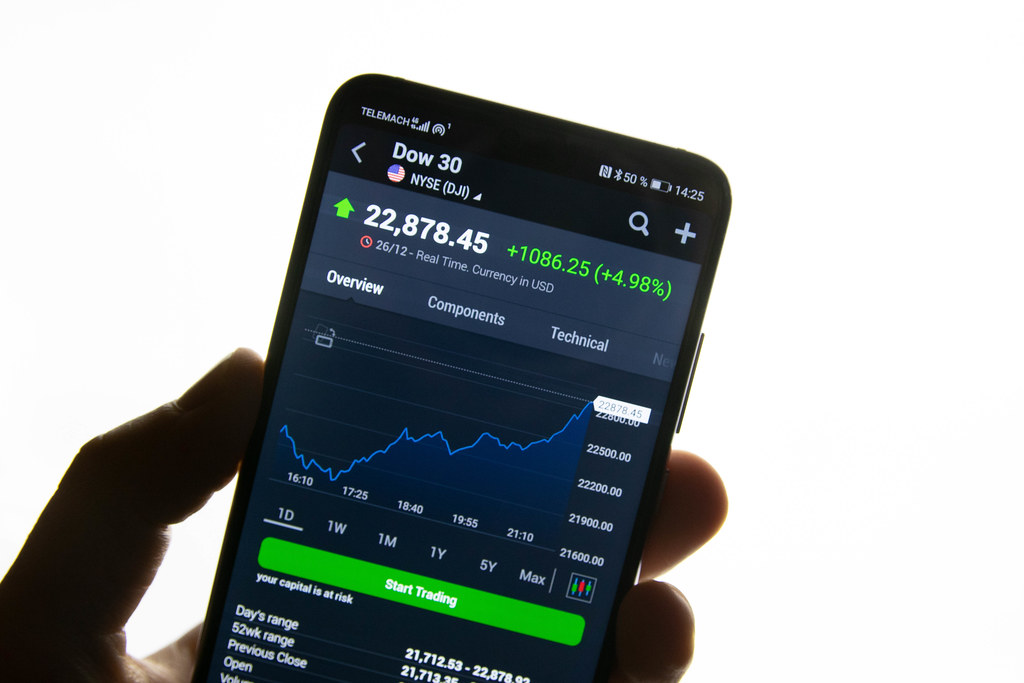What is a hash function and why is it important in cryptocurrency mining?
A cryptocurrency is a digital asset designed to function as a medium of exchange that uses cryptography to protect its transactions and to control the creation of new units of the cryptocurrency. Cryptocurrencies are decentralized, which means they are not subject to government or financial institution control. Bitcoin, the first and most popular cryptocurrency, was created in 2009. Cryptocurrencies are often obtained by mining methods. Mining is a process by which new units of cryptocurrency are created. Miners receive cryptocurrency for verifying and sending transactions to the blockchain.
To verify cryptocurrency transaction blocks, miners tackle math problems using specialized mining hardware and software. The difficulty of these math problems increases as more blocks are mined, making it harder for miners to earn cryptocurrency rewards. As a result, miners form mining pools, sharing their processing power across the network to increase their chances of being rewarded with cryptocurrencies. When a pool solves a math problem and mines a block, the block reward is shared among the pool members based on their contribution of processing power.
Hash functions are important in cryptocurrency mining because they are used to secure transactions and prevent double spending. A hash function is a mathematical function that converts an input value into an output value of fixed size. Hash functions are one-way functions, which means that it is mathematically impossible to derive the input value from the output value. Bitcoin uses the SHA-256 hash function. Ethereum uses the Keccak-256 hash function.
Cryptocurrency hash functions must be collision resistant, which means that it should be impossible for two different input values to produce the same output value. This is important in cryptocurrency mining because if two miners were able to produce the same output value for different inputs, they would both be able to mine blocks and earn rewards, leading to double spending of cryptocurrency. As a result, hash functions play an important role in ensuring the security of cryptocurrency transactions and preventing double-spending.
How do miners use hashes to create new blocks and get rewards for their work?
Miners use hashes to create new blocks and earn rewards for their work. To do this, they have to solve a complex mathematical problem. The problem is known as a hash function. Once the miner's technical gadgets fix the problem, they are able to add a new block to the blockchain. The reward for solving the problem is usually a certain amount of cryptocurrency. To ensure that miners continue to play an important role in the network, the difficulty of the hash function is adjusted so that it remains challenging enough to solve. As a result, the system encourages miners to earn rewards for their work while keeping the network secure.
What are some of the challenges associated with cryptocurrency mining?
Cryptocurrency mining is the process by which new units of a digital currency are created. Miners, typically anonymous and scattered around the world, compete to be the first to verify and record transactions in a block. In addition to receiving transaction fees, miners are also rewarded with new units of currency. While cryptocurrency mining can be a lucrative business, it also comes with some challenges.
First, cryptocurrency mining requires a significant amount of energy. To verify and record transactions, miners have to solve complex mathematical problems with their advanced technological devices, which require considerable computing power. This energy consumption has a cost, both in economic terms and in terms of environmental impact. Secondly, cryptocurrency mining is a competitive process.
As more people join the mining rush, the difficulty of solving math problems increases, making it harder for people to achieve profitability. Finally, cryptocurrency mining is often associated with illegal activities. Many criminal organizations have turned to cryptocurrency mining as a way to generate revenue, which has led to increased scrutiny by law enforcement and regulators. Despite these challenges, cryptocurrency mining continues to attract participants from around the world.
How does the hash rate affect the security and profitability of a cryptocurrency network?
The hash rate is a measure of the amount of computing power used to mine new transaction blocks on a cryptocurrency network. A higher hash rate indicates that more miners are actively working on the network, and therefore the network is more secure against attacks. Additionally, a higher hash rate also means blocks are mined faster, which can improve transaction speed and efficiency. Consequently, the hash rate is an important factor in determining the security and profitability of a cryptocurrency network.
What factors could cause the hash rate to change over time?
Hash rate is an important metric for understanding the health of a cryptocurrency network. Simply put, it refers to the number of hashes that can be generated per second. A higher hash rate indicates a more secure network, as it would be more difficult for an attacker to tamper with the blockchain. There are a number of factors that could affect the hash rate of a given cryptocurrency. For example, if there is a decrease in the number of miners, this will lead to a lower hash rate. Similarly, if the mining difficulty increases, it will also lead to a lower hash rate. Other factors that could affect the hash rate include changes in the price of the underlying currency and changes in the efficiency of mining rigs. In general, a higher hash rate is indicative of a healthy network. However, it's important to keep in mind that there are a number of factors that can affect this metric.
Hash functions are important in cryptocurrency mining because they help secure the network and allow miners to earn rewards for their work. Miners use hashes to create new blocks, which means that each hash is like a puzzle that must be solved in order to create a new block. The difficulty of these puzzles varies depending on the total amount of hashing power on the network at any given time, which is why hash rate is so important. If more people join the network and start mining, the hash rate will increase and it will become more difficult for individual miners to compete. This can lead to centralization of power within the network, which could ultimately result in 51% of attacks or other security vulnerabilities. Therefore, it is vital that we continue to monitor hashrate over time to ensure the safety and profitability of our favorite cryptocurrencies.














